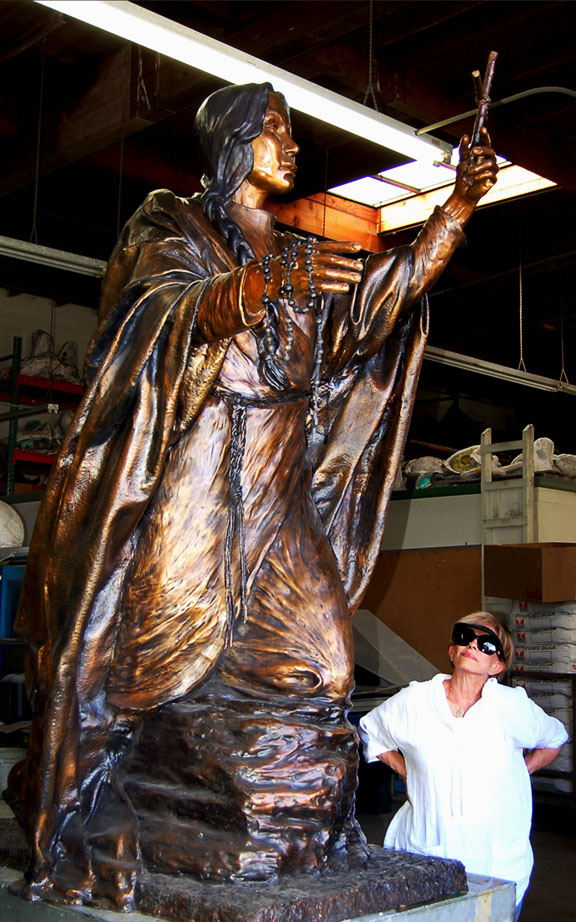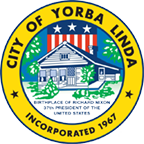About Marie Barbera
Marie Barbera is a first-generation Italian-American. Her father, who emigrated from Italy to the United States, was a craftsman restoring architectural details on federal and state buildings. Both Marie and her brother chose to pursue an interest in art while growing up. Married to Frank Barbera, Marie and her husband raised two children and now have two grandchildren as well. After many years as wife and mother, Marie returned to her work and developed the Barbera Sculpture Studio.
Ms. Barbera has exhibited widely throughout the United States and has placed her work in many collections, including works collected in Asia. She is represented in many museum collections and has become a sought-after artist working in her specialized genre of figurative Native American bronzes.
As of late, Ms. Barbera has started working on and producing life-size works that are well suited to public and private outdoor installations.
Marie Barbera fine limited edition bronze sculpture
Marie Barbera creates stunning limited-edition bronze sculptures. In addition to being one of the world’s foremost sculptors of Native American Indians, Ms. Barbera is known for her figurative, wildlife, and equine sculptures. She has created over 100 works of limited edition bronze sculpture. Her art and sculpture career spans decades.

My Journey in Bronze
Quality coffee table book detailing sculptures of Native Americans in Bronze by Marie Barbera, Sculptor
A wonderful 312 page coffee table book measuring 13″ x 11″ in full color detailing the illustrous career of Marie Barbera Fine Bronze Sculptor The book includes lots of text on the history of the characters and the figures I created… in addition are some early paintings… $150.00 – contact Marue Barbera for purchase information.
I cannot identify why I felt so strongly about Native American culture, but I did not create my art until discovering the world of the Hopi, Navajo, Shoshone and Sioux Indians. At first, I felt it was not my place to appropriate Native American subjects. This was not my own cultural heritage. At first I experimented with pastoral landscape, but found this did not hold my interest. I relented to my fascination with the subject of native women and the influence of my appreciation for the work of Francisco Zuniga.
Artist Statement
I cannot identify why I felt so strongly about Native American culture, but I did not create my art until discovering the world of the Native American Nations. At first, I felt it was not my place to appropriate Native American subjects. This was not my own cultural heritage. At first, I experimented with pastoral landscapes but found this did not hold my interest. I relented to my fascination with the subject of native women and the influence of my appreciation for the work of Francisco Zuniga.
“I relented to my fascination with the subject of Native American women…”
Indigenous Americans are peoples of the earth, and I feel I have developed a dialogue with them as I recreate their stories from their history into clay and into bronze. Many of my ideas for my works come about as a result of reading and reviewing books on Native American history and culture. Something I read will suddenly intrigue me and will prompt me to see more detailed information and become so involved in a particular story that I will integrate it into my own remembrance.
“…stories allow me to relate to you my works.”
I produced the first work of this Native thematic in the form of large scale watercolors reminiscent of Zuniga’s sculptures of that same period. I love Zuniga’s figures with large hands and feet, which suggest strength to me. I studied his drawings and sculptures in books and from examples of actual work from the San Diego Museum of Art Collection. I resisted the transition to a three dimensional medium for nearly twenty years and am sorry I waited so long. Clay is a wonderful medium that facilitates the full expression of my ideas.
I learned about the symbolism of the shield in Thomas E. Mails’ book Mystic Warriors of the Plains.
In my “The Shield of the Crow,” I portrayed the Crow tradition of telling their history and acknowledging their honors by adding feathers to shields and headdresses that signified those events.
“They Dance the Dance; they Chant the Chant,” is a work close to my heart. Before the tragedy of Wounded Knee in 1890, the Arapahos believed that if they danced the Ghost Dance and wore their protective shirts, they would be saved from the white man’s bullets and their fallen ancestors would return to earth. Rather than depicting the final outcome of the massacre, the frozen bodies in the snow, I commemorated Wounded Knee with a trio of warriors dancing and chanting as they envisioned the return of the Old World that had been lost.
“Women are seminal in my work as they were in my own life …”
Women are seminal in my work as they were in my own life experience of raising two daughters. “The Plains,” depicts a mother and her children during the 1870’s when the Cheyenne were herded into reservations and forced to adopt the ways of the white people. We could not take away their love of the family. In many cases it was the family pride that made survival possible. I used my own grandson’s face as the model for the sleeping child on her shoulder.
“The Sunrise Ceremony is similar to the Christian concept of Conformation.”
“Changing Woman,” portrays the Apache rite of passage from child to woman. The Sunrise Ceremony is similar to the Christian concept of Conformation. The exhausting weeklong ritual requires the girl to dance from morning until night around the cane of life, which was moved farther and farther from her.
In my work I choose to represent moments that leads up to or follows the ritual act rather than the sacred moment. Native Americans frown upon divulging sacred activities, so in “Sundance” I show the High Priest painting the legs of a young man before ordaining him into manhood.
This is my work. I hope it touches you as it moves me. It is my addiction to create it. If I did anything else, I would be cheating myself. Second to my family, art is my life. And the histories of Native Americans is what I hope to leave for generations to come. — Marie Barbera
Lorem ipsum dolor sit amet, consectetur adipiscing elit. Ut elit tellus, luctus nec ullamcorper mattis, pulvinar dapibus leo.


